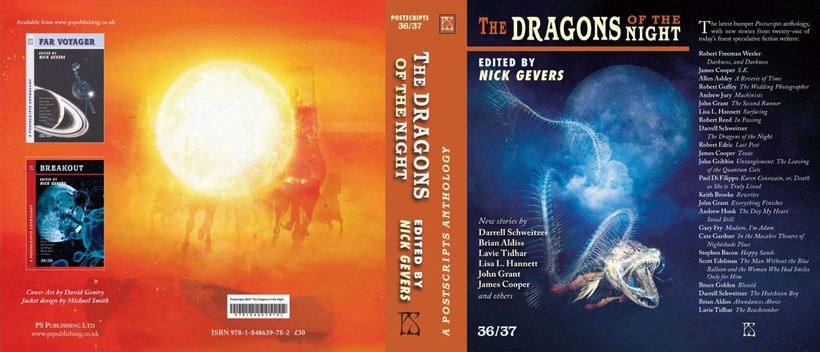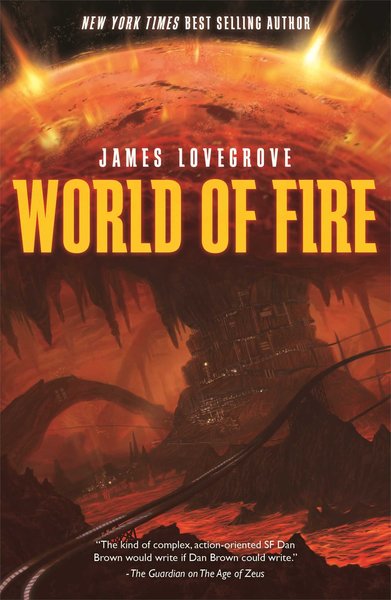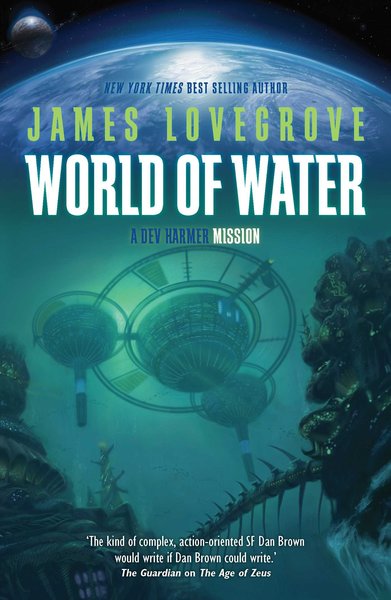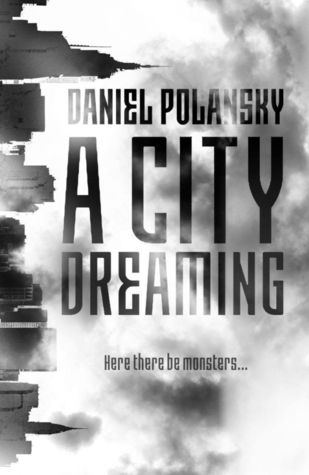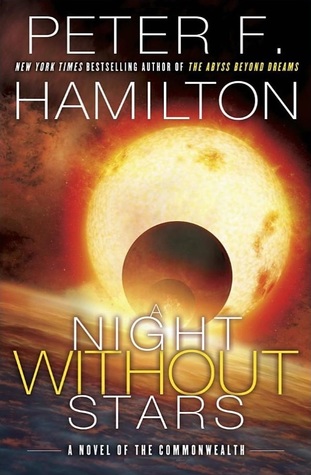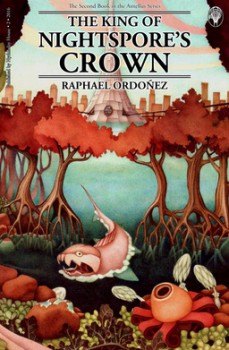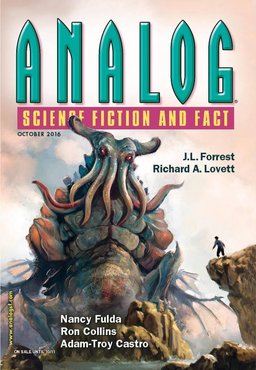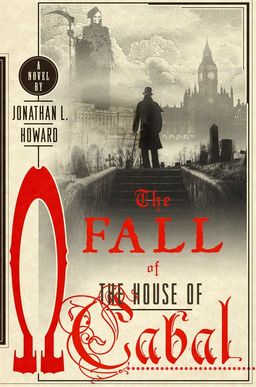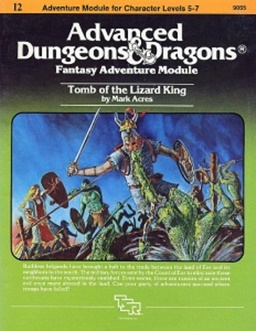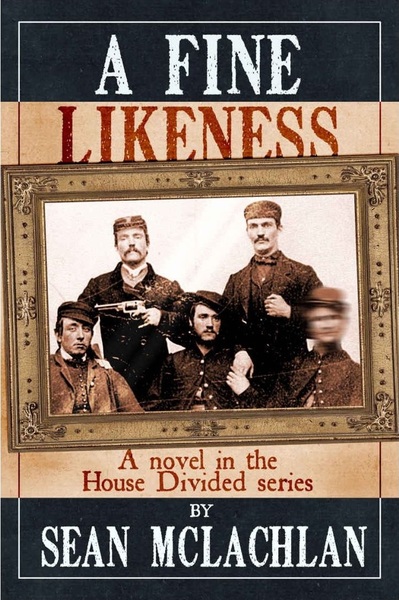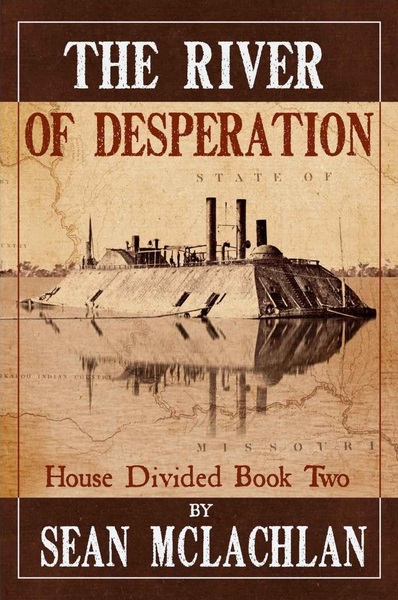 This is one of the best issues of Cele Goldsmith’s Amazing I’ve encountered. Only four stories, but all decent, one really good.
This is one of the best issues of Cele Goldsmith’s Amazing I’ve encountered. Only four stories, but all decent, one really good.
The cover is by Ray Kalfus, illustrating Henry Slesar’s “Jobo” in a fashion that gives away one of the story’s secrets (not that it’s that big of a secret). Interiors are by Leo Summers, George Schelling, and Virgil Finlay.
Norman Lobsenz’ Editorial opens thusly:
The New Yorker magazine, which normally does not care to admit of the existence of such a literary form as science fiction (probably because sf stories have plots with beginnings, middles, and ends, which the New Yorker fiction editors abhor)…
Plus ça change! The occasion is an approving New Yorker review of Arthur C. Clarke’s Tales of Ten Worlds, and in particular their praise for the story “Before Eden,” which was first published in Amazing in 1961.
“… Or So You Say”, the letter column, is mostly occupied with complaints about a letter in the January issue from Lorne Yacuk, which apparently complained about the “new” type of stories published in those days, particularly that they featured dull “common men” instead of “supermen.” The writers are James C. Pierce, W. D. Shephard, and Gil Lamont. In addition, Paul Gilster (from St. Louis!) praises Albert Teichner’s “Cerebrum” (mentioned in these reviews some time ago).
The Spectroscope, S. E. Cotts’ book review column, covers The Space Child’s Mother Goose, by Frederick Winsor; Moon Missing, by Edward Gorey; They Walked Like Men, by Clifford Simak; and Anything You Can Do…, by Darrel T. Langart (Randall Garrett). The only one he really approves of is the Simak.
There are two “fact” articles. One is called “A Soviet View of American SF,” by Alexander Kazantsev. It’s a reprint (translated by John Isaac) of the introduction to an anthology of American SF published in the Soviet Union. The author (Kazantsev) is said to be famous for suggesting that the Tunguska event was caused by the explosion of a Martian spaceship. His views of the stories mentioned are politically tinged to the point of parody. The other article is by Ben Bova, “Where is Everybody?”, and it’s a look at the Fermi Paradox.
…
Read More Read More

